How Britain's trade with Russia influenced the history of Albion and the introduction of luxury fashion
By Pictolic https://pictolic.com/article/how-britains-trade-with-russia-influenced-the-history-of-albion-and-the-introduction-of-luxury-fashion.htmlWe are used to the fact that all the most advanced and high-quality products come to us from other countries. But this was not always the case. Several centuries ago, it was Russia that set the tone in the world market and was a supplier of exclusive goods. Trade with Russia changed the history of Britain, and then other European countries. What did the proud Anglo-Saxons buy from us?
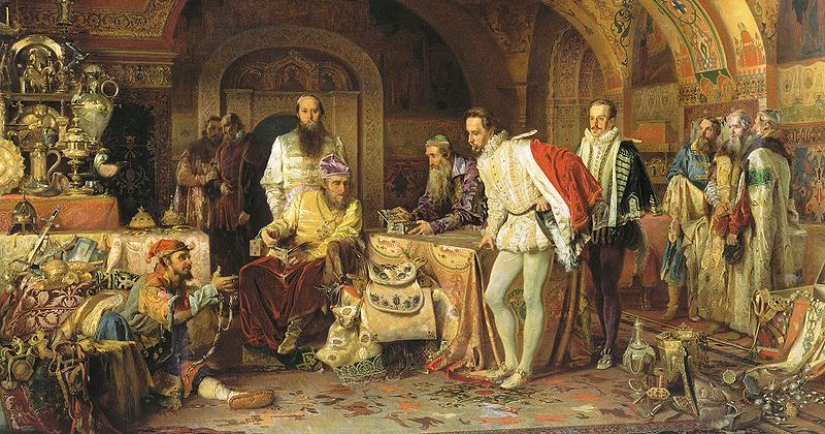
The English got acquainted with Russia in 1553, we can say, by chance. King Edward IV sent an expedition of three ships to find a short route to India through the Arctic Ocean. Two sailboats were wrecked in a merciless storm, and the third, instead of the southern shores rich in spices, washed up on the northern shores of Muscovy.
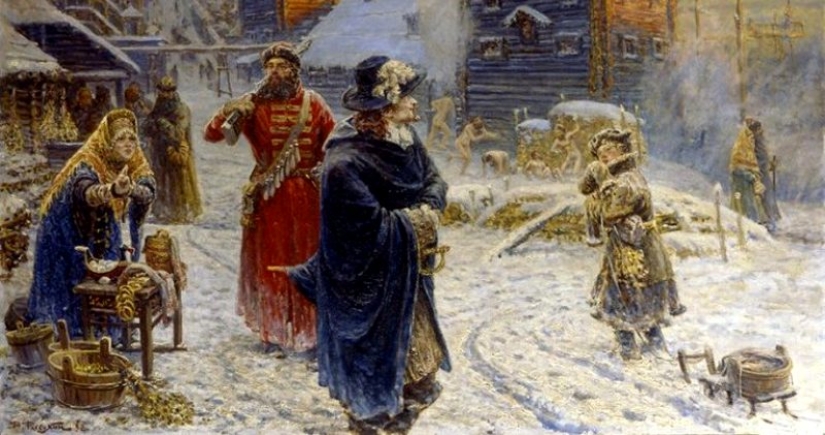
Captain Richard Chancellor was granted an audience with Ivan IV the Terrible himself in Moscow, and from that moment the centuries-old history of trade relations between the two countries began. The British brought a lot of curiosities to Russia along the Northern Route, but we also had something to surprise our trading guests with.
The most coveted commodity for the British was fur - "Moscow furs". In the Foggy Albion, this was bad, and Russia, with its dense forests and already well-developed Western Siberia, could offer an incredible variety of furs of excellent quality.
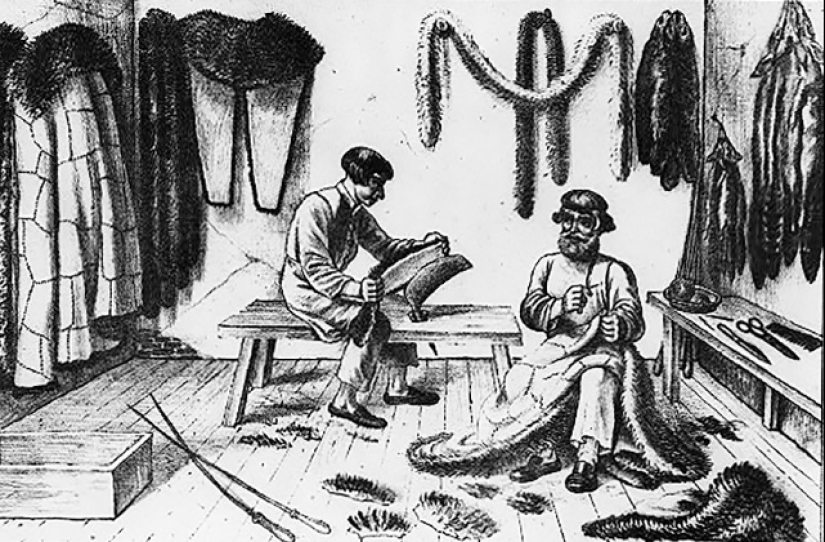
English merchants bought furs in large quantities, in bulk, visiting the largest Russian fairs for this purpose, for example, Novgorod. They brought home skins of stoats and martens, black-browed foxes and arctic foxes, squirrels and beavers, and, of course, precious sables.
The aristocrats highly valued furs from Russia. Today, you can see this by looking at the ceremonial portraits of monarchs and nobles, painted, for example, by the artist Holbein. In the pathos portraits, Queen Anne Boleyn, Sir Tom Godselve, the Utopian Thomas More, and many other notable persons are depicted in robes trimmed with Moscow furs.
Furs from Russia you will not see in the portraits of merchants and rich shopkeepers, and all because they were not assigned to them by rank. In Britain, there was a law restricting the wearing of expensive clothing, which clearly spelled out what people of each class were supposed to wear.
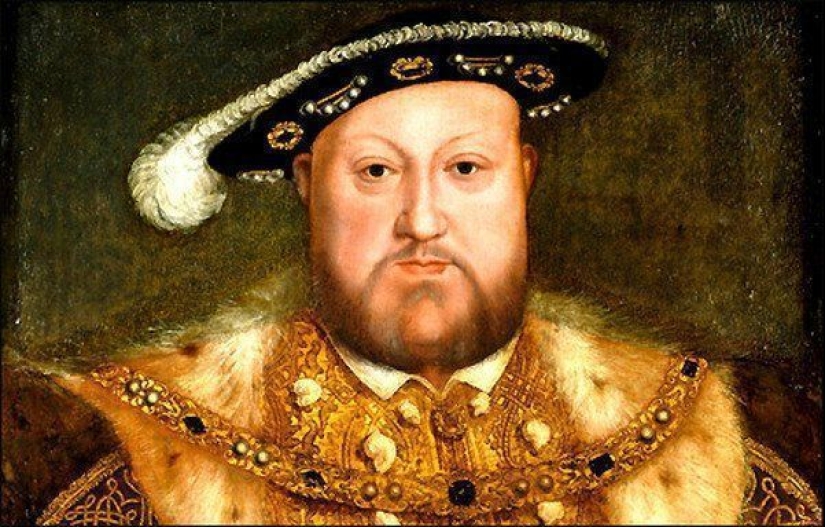
Moscow furs were put only to the highest nobility. Only she could afford furs from across the Arctic Ocean, which was not for nothing called "Russian gold". One of the most enthusiastic fans of such imports was King Henry VIII, who shortly after his coronation organized a ball of incredible proportions, to which each of the invited guests was to arrive in Russian furs.
Glass was well known in Europe, but it was rarely used. Its production was complex and expensive, and the quality left much to be desired. The products produced by the Florentine craftsmen, the best in Europe, cost a fortune. For a long time in English castles there were drafts, in the way of which, at best, there was a bull bubble.
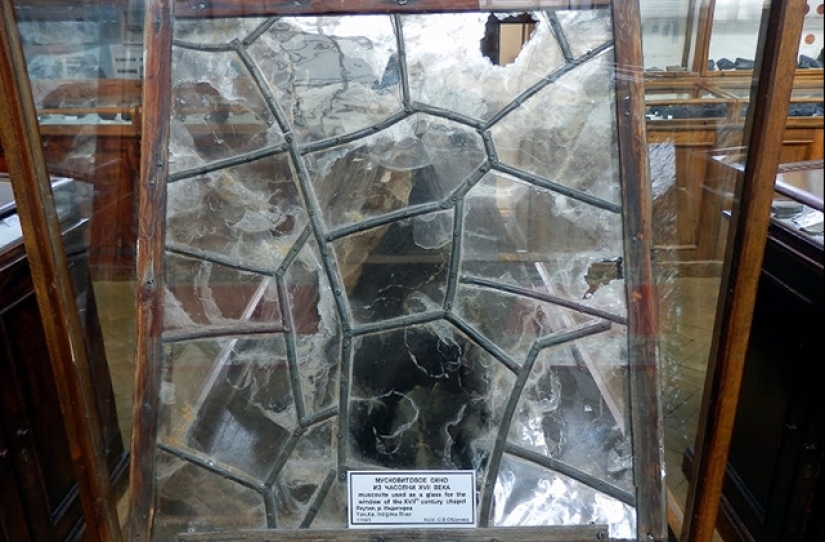
But that all changed when London discovered distant Muscovy. The problem was solved by the mineral, which in England was called "muscovite"in honor of the supplier country. In Russia, it is mica. "Moscow glass" was not cheap, but still more affordable than the real one. In addition, it had its own advantages – resistance to shocks and temperature changes.
Muscovite, extracted in the mountains of the Kola Peninsula, was inserted not only in the window openings of castles and cathedrals, but also in the windows of carriages. When the supply of "glass" became stable and its price decreased slightly, mica began to be used in the manufacture of street lights.
Although Britain is surrounded on all sides by seas, its aquatic living resources have always been very far from the Russian ones. A huge selection of fish delicacies, unprecedented in Europe, caused the English guests genuine amazement. Sturgeon, beluga, sturgeon, sevryuga, red and black caviar-all this immediately became the food of the British elite.
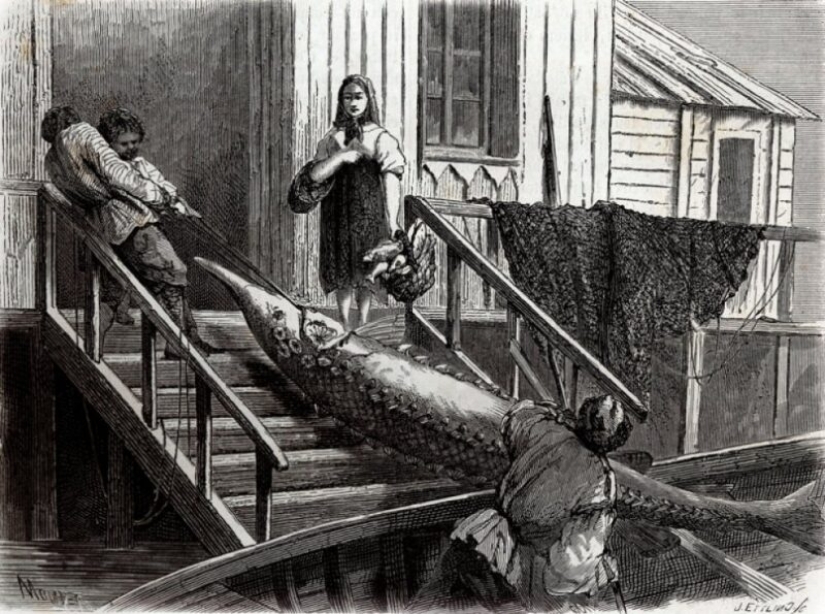
Separately, it is worth mentioning black caviar, which the British did not know about before the start of trade with Muscovy. Collins, M. D., who lived in Moscow in the 17th century, wrote about black sturgeon and dark gray caviar, subtly delineating the nuances. The latter was also called Armenian caviar by the British, since it was the Armenians who brought it to the fairs. Yes, black caviar is one of the few Russian products that has always remained in the trend.
Oddly enough, but such a common product today as ghee was imported to Britain in the Middle Ages by sea from Russia and was valued as the most elite delicacies. Very few members of the nobility could treat themselves to "Russian butter", prepared using a special technology.
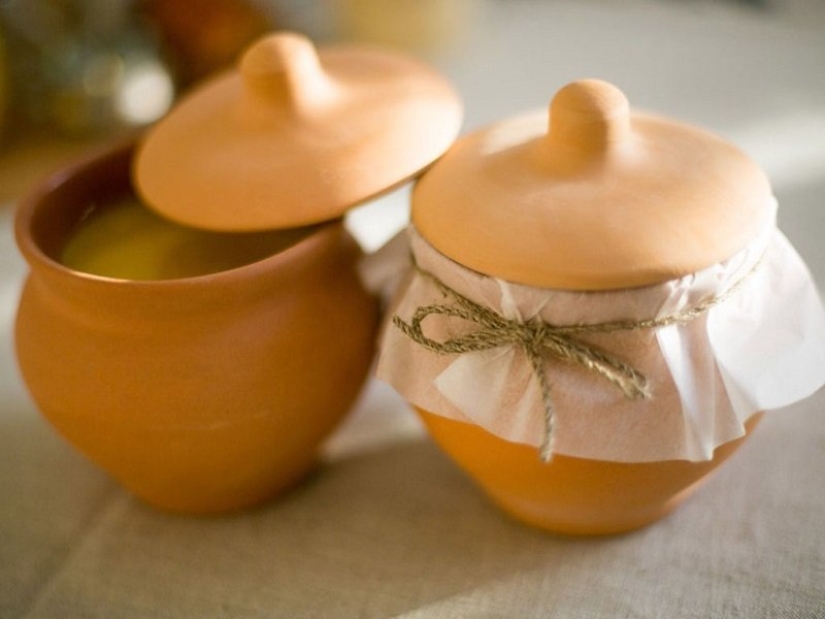
Even after learning the recipe, the British were in no hurry to establish their own production, since the output of the finished oil from the raw material was very small. The product was simply "golden". In Russia, this delicacy product was prepared by melting cream in Russian ovens, which were then settled for a certain time and divided into tops, middle and sediment.
For the production of ghee, only the perfectly clean middle was suitable, which was knocked down with a special spiral stick, between times washing in icy spring water. The slightest mistake could ruin everything, so it was safer to buy the "food of the gods" ready-made and take it to faraway lands.
Ghee from Muscovy, sold in small clay pots, gave rise to the British phraseology – "he eats Russian butter". It meant that a person can afford anything and does not count money.
Trade with Russia has enriched the English language, but not with the words you thought of. We have no doubt that English merchants have learned a lot of obscene words while jostling at fairs and in the shopping malls of Moscow, but this is not what we are talking about now.
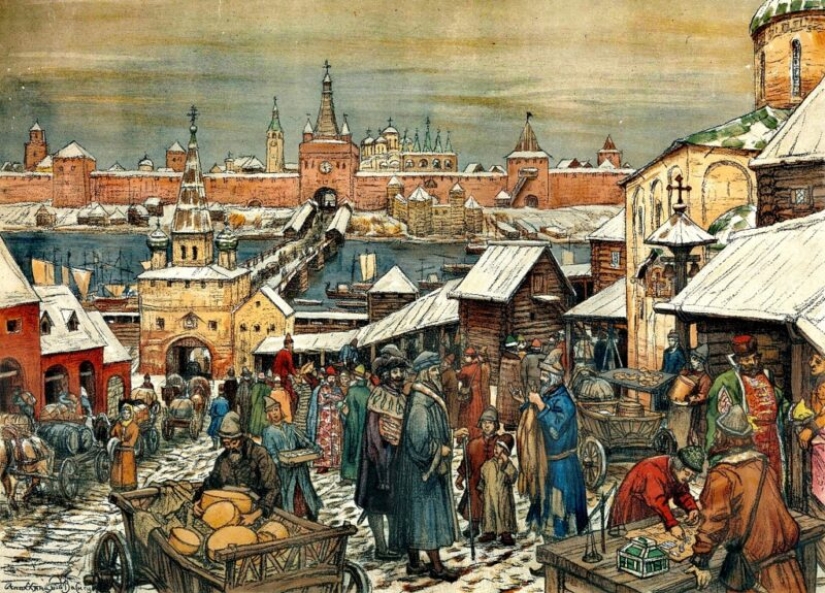
Along with Russian goods, the words czar, rouble, pood, shuba, vodka, matrioshka, samovar, izba, sterlet (sterlet), sable (sable), kvas, troika, ukase (decree), taiga, tundra, copeck (kopeck) were brought to Britain. Most of them still have no English counterparts.
Keywords: Europe | Britain | History | King | Trade | Fur | Black caviar | Arctic Ocean | English
Post News ArticleRecent articles

Professional street photographer Eric Kim teaches his craft in workshops around the world. Next, you will find some tips from a ...

The fullness of women's buttocks has been appreciated by men at all times. The face, legs and chest, of course, drive you crazy, ...
Related articles

One of the tallest people in the world is now fighting for life in a London orphanage. The height of Hussein Bisad is 2.32 m. A ...

History has known many cases when dwarfs were close to persons of royal blood. But there is only one known case in which a dwarf ...

Indeed, everyone is used to a certain set of gardeners: potatoes, tomatoes, strawberries, onions, peppers and all sorts of greens. ...

Treasures are all associated with pirates, robbers and the affairs of bygone days. You will be surprised, but countless treasures ...